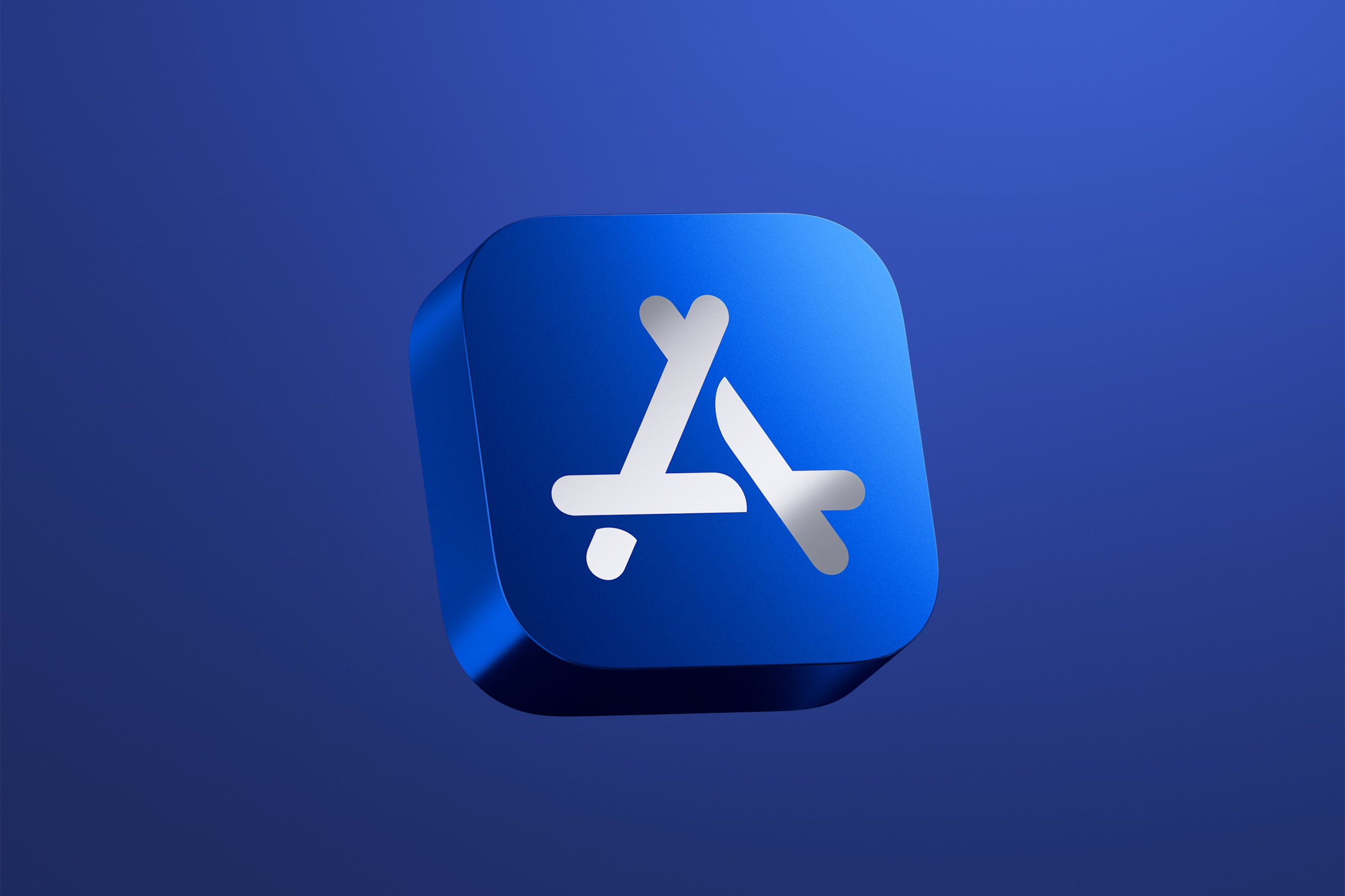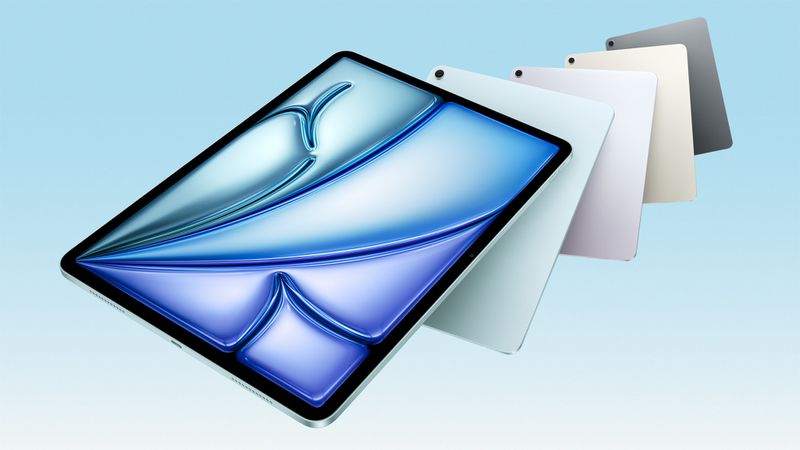Apple has decided to hold off on releasing some exciting Siri upgrades planned for iOS 18, according to a company spokesperson speaking to Daring Fireball. These changes, part of Apple Intelligence, will now come out later than planned.
What’s New with Siri?
Apple shared that making Siri more personal and helpful is taking extra time. They expect to launch these updates “sometime next year.”
“Siri already makes life easier by finding info and finishing tasks fast,” the spokesperson said. “In the last six months, we’ve made Siri chattier, added options like typing to Siri, taught it about our products, and linked it with ChatGPT. Now, we’re working on a Siri that knows you better and can do more with your apps. It’s a big job, so it’ll take longer than we hoped.”
These new Siri tricks were shown off at WWDC when iOS 18 was announced. They were supposed to arrive in an iOS 18 update, but now they’re delayed. Here’s what’s coming:
Knowing You Better
Siri will soon remember details from your emails, texts, files, and photos. This will help it assist you with things like:
- “Show me the files Sarah sent last week.”
- “Find the text where Sarah talked about hiking.”
- “What’s the movie Sarah suggested?”
- “Where’s that cookie recipe from, Sarah?”
Seeing Your Screen
Siri will also understand what’s on your screen and act on it. For example, if a friend texts you an address, you can say, “Add this to their contact.” Or if you’re viewing a picture, just tell Siri, “Send this to Mom.”
Working Across Apps
Siri will handle bigger tasks in and between apps. Think moving files, editing a photo and sending it, or even saying, “Get me home and tell Sarah when I’ll arrive.”
When Will It Happen?
Rumors hinted that these features might hit in iOS 18.4, but they weren’t ready for the early betas. Apple’s next update, iOS 18.5, might bring them, though it could stretch into 2026. For now, “next year” means sometime in the next 12 months. Siri’s already gotten a makeover with typing support, a fresh design, and better conversations in Apple Intelligence. More goodies are still on the way!







